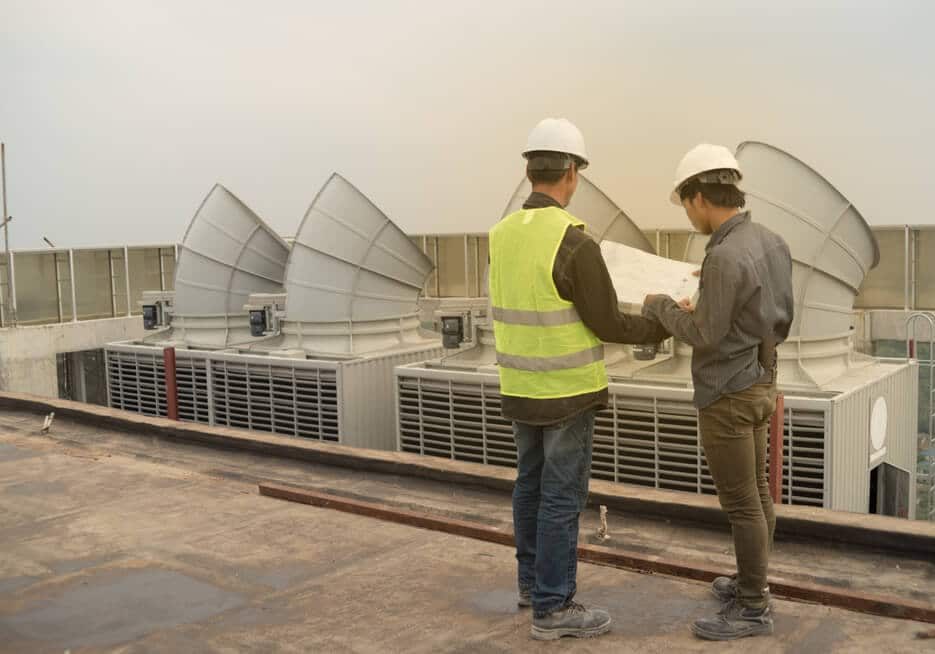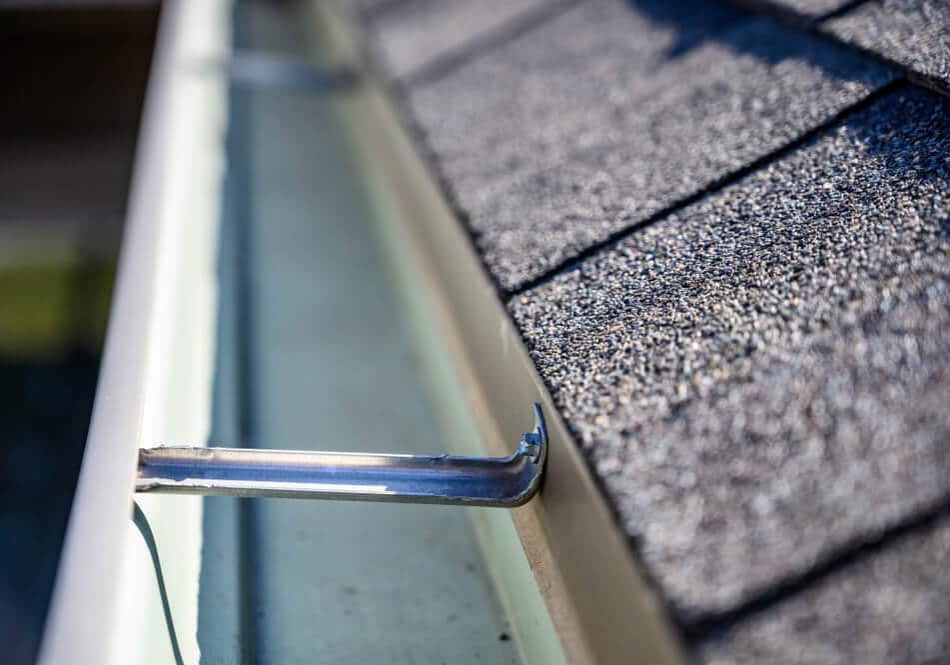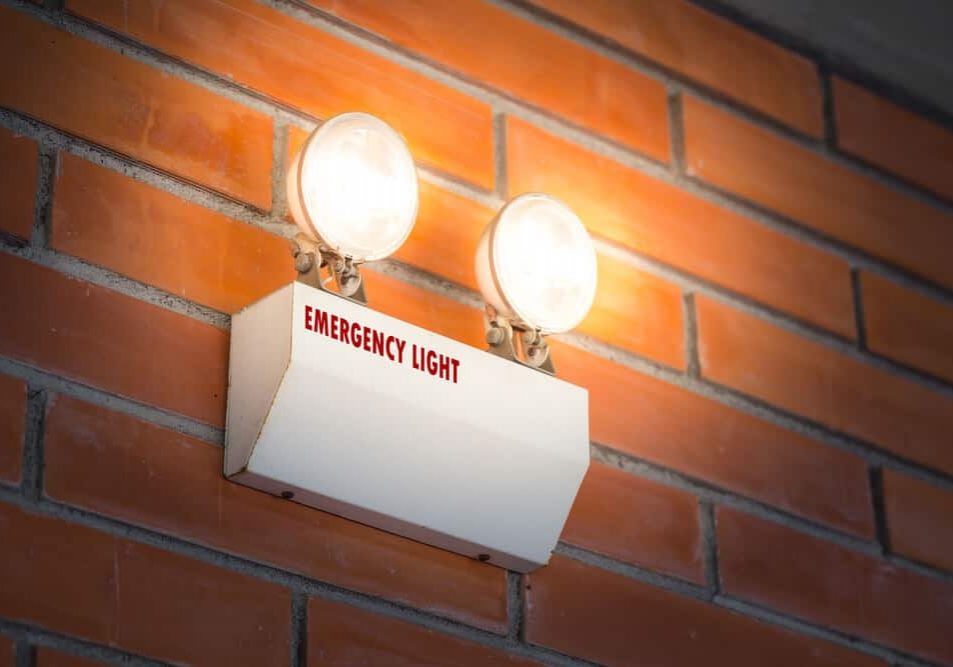With cold weather quickly approaching, everyone is starting to get ready for the challenges and lifestyle changes that come with the short days and long nights of winter. As homes prepare, private and commercial facility managers should also start implementing prevention methods to survive winter as smoothly as possible.
Without proper preparation, winters can leave behind expensive and uncomfortable damage to any building. That is why we have prepared a five-step guide for facility managers to follow to help ensure their building is ready to start the holidays and winter weather.

Step 1: Inspect Building Conditions
Inspect every square inch of your building and note any repairs or replacements it might need. Check your heating systems and air filters. Ensure your insulation is in good condition, check for gaps in weather-stripping, and verify that doors and windows are properly sealed. Minor damages can worsen during cold weather, so schedule repairs early and replace any appliance that is no longer useful.
Do not forget about the exterior of your building, supply valves, and pipes. In extreme conditions, a frozen tree could collapse, or a pipe could freeze and burst, apply precautions to these items as necessary.

Step 2: Clean Gutters
Proper care of a building’s gutters can prevent roof damage and flooding inside and outside the building. First, it is important to clean gutters thoroughly, removing all debris while also unclogging drains. Next, run multiple tests on the downspouts to ensure water does not back up. Finally, check the outflow of downspouts to push water away from the building foundation.

Step 3: Prepare for Power Outages
Winter is unpredictable, and there is not enough planning that can control the consequences of it. However, you can create emergency plans in case of complications, such as a power outage. Create a schedule and ensure to communicate it with everyone in the building properly. Stock emergency supplies and consider installing emergency lighting and a backup generator.
Step 4: Inspect the Roof
Create a snow and ice removal plan for your roof to prevent snow burden or ice overload that can cause breakdowns in the roof surface. To prevent damages to your structure, inspect roofs each week leading up to the winter season, sweep up debris and check tar seals.
Make sure to keep the roof drains clean and plan to, if needed, pump water off the roof. Secure all roof lights and plan for snow removal in case of heavy accumulation.
Step 5: Snow and Ice Removal
Once you plan for snow and ice removal on your roof, do not forget about the rest of your building. Outside areas, entrances, and stairs need proper care as well. To ensure no one in the building suffers an accident or has difficulty coming in and out of the building, take necessary precautions.
Provide straightforward removal and safety instructions to a contractor or internal staff. Things like applying deicers before a storm hits and providing transitional areas with floor mats can make a difference in preventing accidents and keeping your indoors clean and warm.
